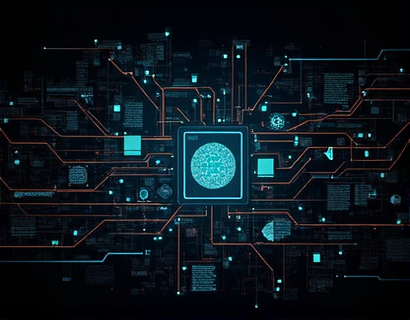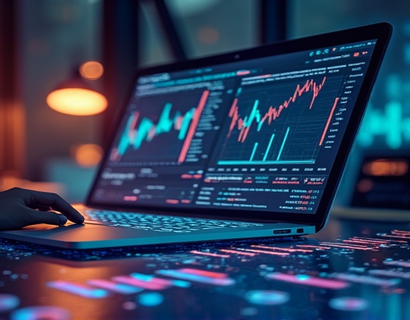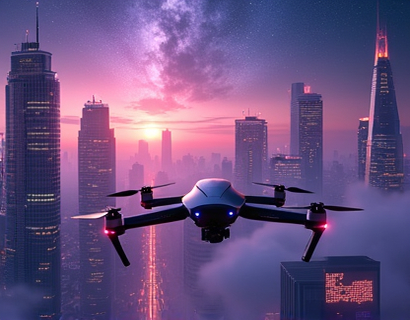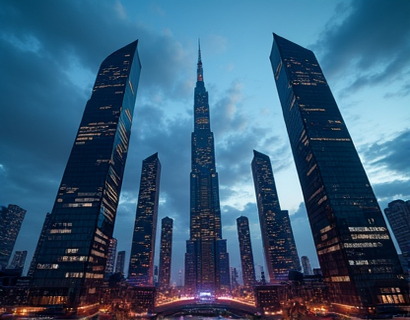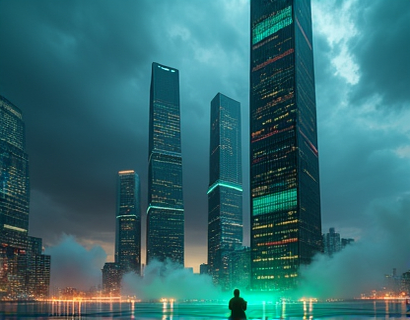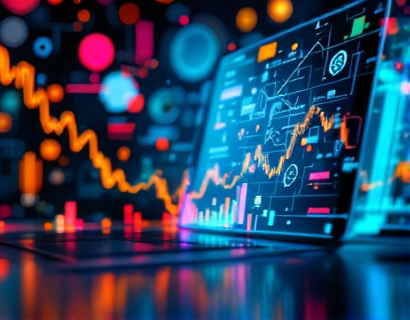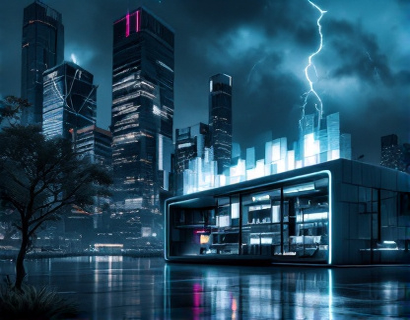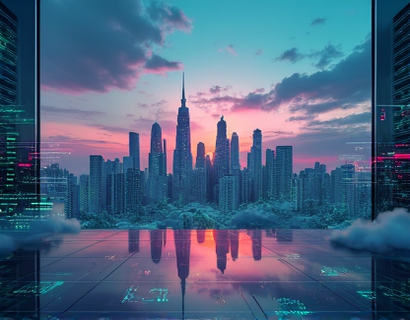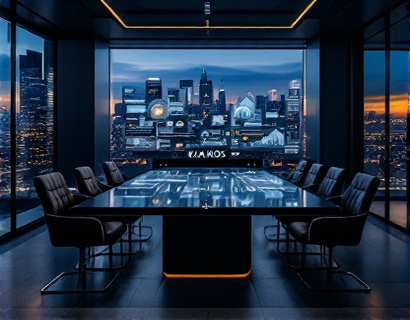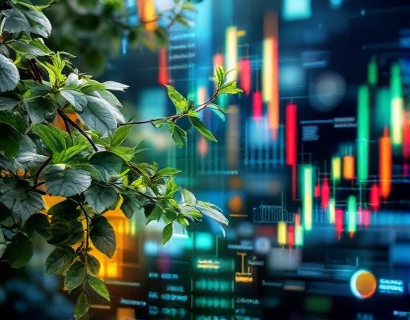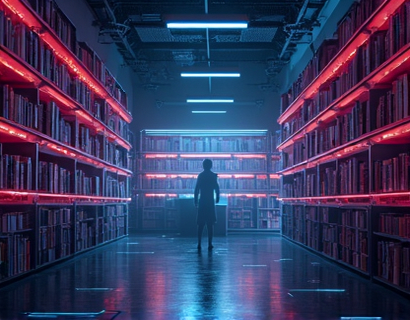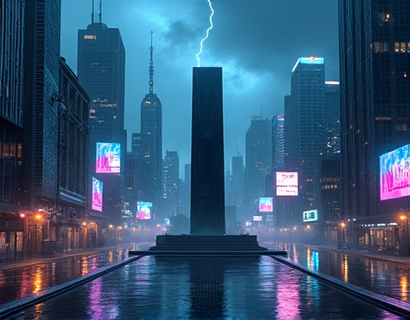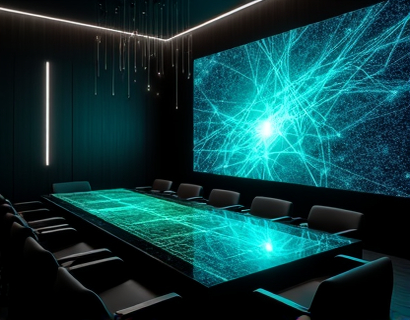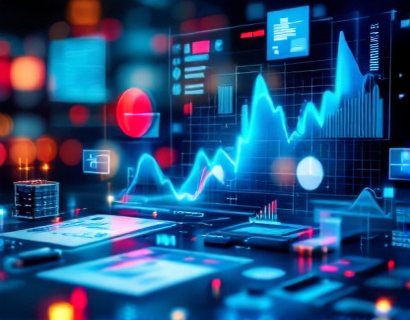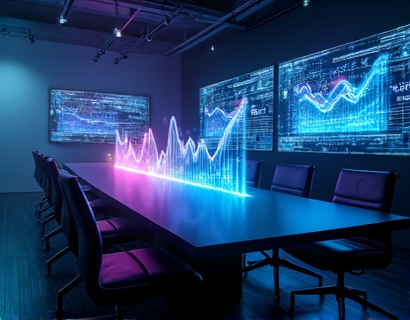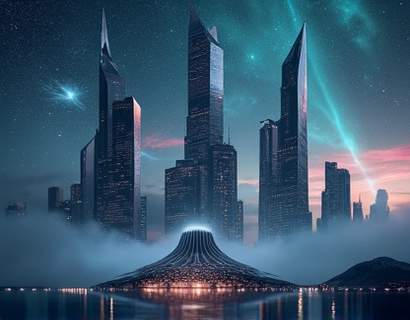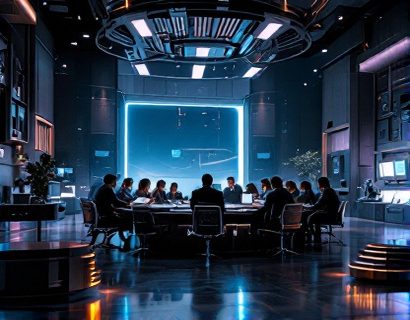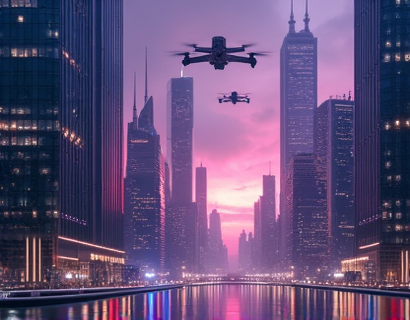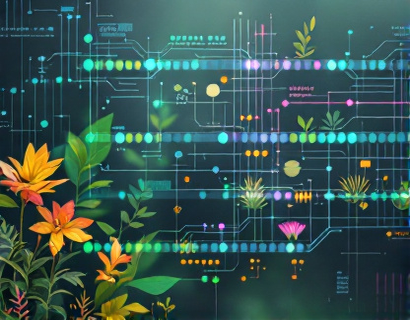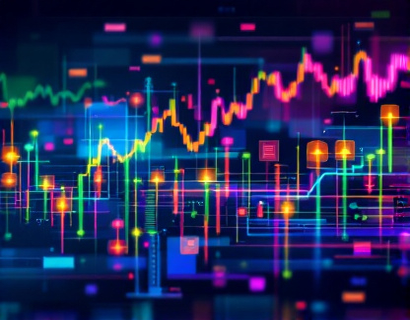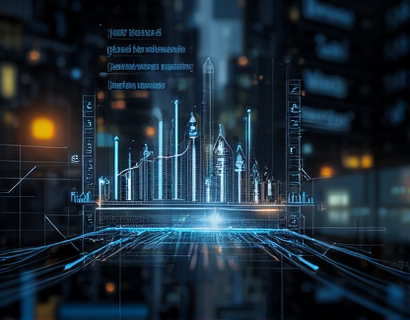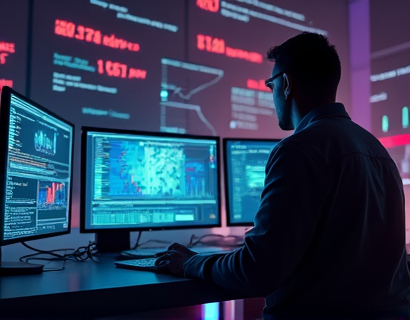Transforming Physical Treasures into Digital Masterpieces: A Guide to Enhancing Value in the Virtual World
The digital age has opened up new avenues for creativity and innovation, allowing individuals to transform their physical treasures into captivating digital artifacts. This process not only preserves the essence of these items but also enhances their value and allure in the virtual realm. By joining a community of creative visionaries, you can unlock the endless potential of digital transformation, merging innovation with artistry to create something truly unique.
Understanding Digital Transformation of Physical Assets
Digital transformation refers to the process of converting physical objects or experiences into digital formats. In the context of transforming physical treasures, this involves using advanced technologies to capture the essence, details, and beauty of an item and recreate it in a digital space. This can include 3D scanning, high-resolution photography, and sophisticated rendering techniques that bring the item to life in a virtual environment.
The primary goal of this transformation is to create digital artifacts that are not just replicas but enhanced versions of the original. These digital masterpieces can be interactively explored, viewed from multiple angles, and even customized, offering a level of engagement and personalization that physical items cannot match.
The Benefits of Transforming Physical Treasures Digitally
One of the most significant advantages of digital transformation is the preservation of heritage and history. Physical items, especially those that are fragile or rare, can be digitally preserved for future generations to appreciate and study. This ensures that the cultural and historical significance of these items is not lost over time.
Additionally, digital artifacts can increase in value due to their uniqueness and the effort put into their creation. In the digital collectibles market, items that are meticulously transformed and presented can command high prices, making it a potentially lucrative venture for those with a keen eye for detail and a passion for innovation.
Moreover, digital transformation allows for broader accessibility. Physical items are often limited by location and physical presence, but digital artifacts can be shared and appreciated globally, reaching a wider audience and fostering a sense of community among collectors and enthusiasts.
How Digital Transformation Works
The process of transforming physical treasures into digital masterpieces involves several key steps, each requiring specialized skills and technologies.
3D Scanning
3D scanning is the first and most crucial step in the digital transformation process. This technology captures the exact dimensions and surface details of a physical object, creating a precise digital model. There are various types of 3D scanners, including structured light scanners, laser scanners, and photogrammetry tools, each with its own advantages depending on the object's size, complexity, and material.
For instance, structured light scanners project a pattern of light onto the object and measure the deformation of the pattern to calculate the object's shape. Laser scanners use a laser beam to measure distances and create a point cloud, which is then converted into a 3D model. Photogrammetry, on the other hand, uses multiple photographs from different angles to reconstruct the object's 3D shape, making it a cost-effective option for smaller items.
High-Resolution Photography
While 3D scanning captures the physical form, high-resolution photography is essential for capturing the colors, textures, and intricate details of an item. Professional photography equipment, such as high-resolution cameras and macro lenses, ensures that every nuance is recorded. This step is particularly important for items with vibrant colors or delicate textures, as it helps maintain the item's visual appeal in the digital realm.
Photographers often use specialized lighting setups to minimize shadows and reflections, ensuring that the final images are as accurate and detailed as possible. These images can then be used in conjunction with 3D models to create a more lifelike digital representation.
Rendering and Texturing
Once the 3D model and high-resolution images are obtained, the next step is rendering and texturing. Rendering involves using software to simulate lighting and materials to create a realistic image of the 3D model. This process can be highly detailed, allowing for the simulation of reflections, shadows, and other visual effects that enhance the item's realism.
Texturing is the application of the high-resolution images to the 3D model, giving it the appearance of the original object. This step requires a keen eye for detail and a deep understanding of materials and lighting. The goal is to create a digital artifact that not only looks like the original but also feels authentic when interacted with in a virtual environment.
Interactive Features and Customization
To truly elevate the digital artifact, interactive features and customization options can be added. This might include the ability to rotate the item, zoom in on specific details, or even modify certain aspects of the design. For example, a digital version of a vintage watch could allow users to change the band or face, creating a personalized piece that is uniquely theirs.
These interactive elements not only enhance the user experience but also increase the item's value and appeal. In the digital collectibles market, interactive and customizable items often command higher prices due to their uniqueness and the level of engagement they offer.
Joining a Community of Creative Visionaries
Transforming physical treasures into digital masterpieces is not just a technical process; it is also a creative journey that connects individuals with a shared passion for innovation and artistry. By joining a community of creative visionaries, you gain access to a wealth of knowledge, resources, and collaboration opportunities.
These communities often host workshops, webinars, and forums where members can share their experiences, ask for feedback, and learn from one another. This collaborative environment fosters growth and inspires new ideas, helping you to refine your skills and push the boundaries of what is possible in digital transformation.
Moreover, being part of such a community provides a platform to showcase your work, receive recognition, and potentially connect with collectors, museums, and other industry professionals. This exposure can lead to new opportunities and collaborations, further enhancing the value and impact of your digital creations.
The Future of Digital Transformation
As technology continues to advance, the possibilities for digital transformation are becoming increasingly vast. Emerging technologies such as augmented reality (AR) and virtual reality (VR) are set to play a significant role in how we interact with digital artifacts.
AR can bring digital items into the real world, allowing users to see and interact with their digital treasures in their physical environment. For example, a digital sculpture can be placed in a virtual room, where it can be viewed and appreciated from all angles as if it were physically present.
VR, on the other hand, immerses users in a completely digital environment, providing an unparalleled level of interaction and engagement. Imagine stepping into a virtual gallery where you can explore digital artifacts, learn about their history, and even participate in related events and exhibitions.
These technologies not only enhance the user experience but also open up new markets and applications for digital artifacts. From education and entertainment to art and heritage preservation, the potential uses are endless, making digital transformation a field worth exploring and investing in.
Conclusion
Transforming physical treasures into digital masterpieces is a fascinating and rewarding process that combines technology, creativity, and a deep appreciation for the unique items we cherish. By embracing this digital journey, you not only preserve and enhance the value of your possessions but also become part of a vibrant community of innovators and artists.
As you embark on this path, remember that the key to success lies in attention to detail, a passion for creativity, and a willingness to learn and adapt. The digital world offers endless possibilities, and with the right tools and mindset, you can turn your physical treasures into timeless digital masterpieces.




